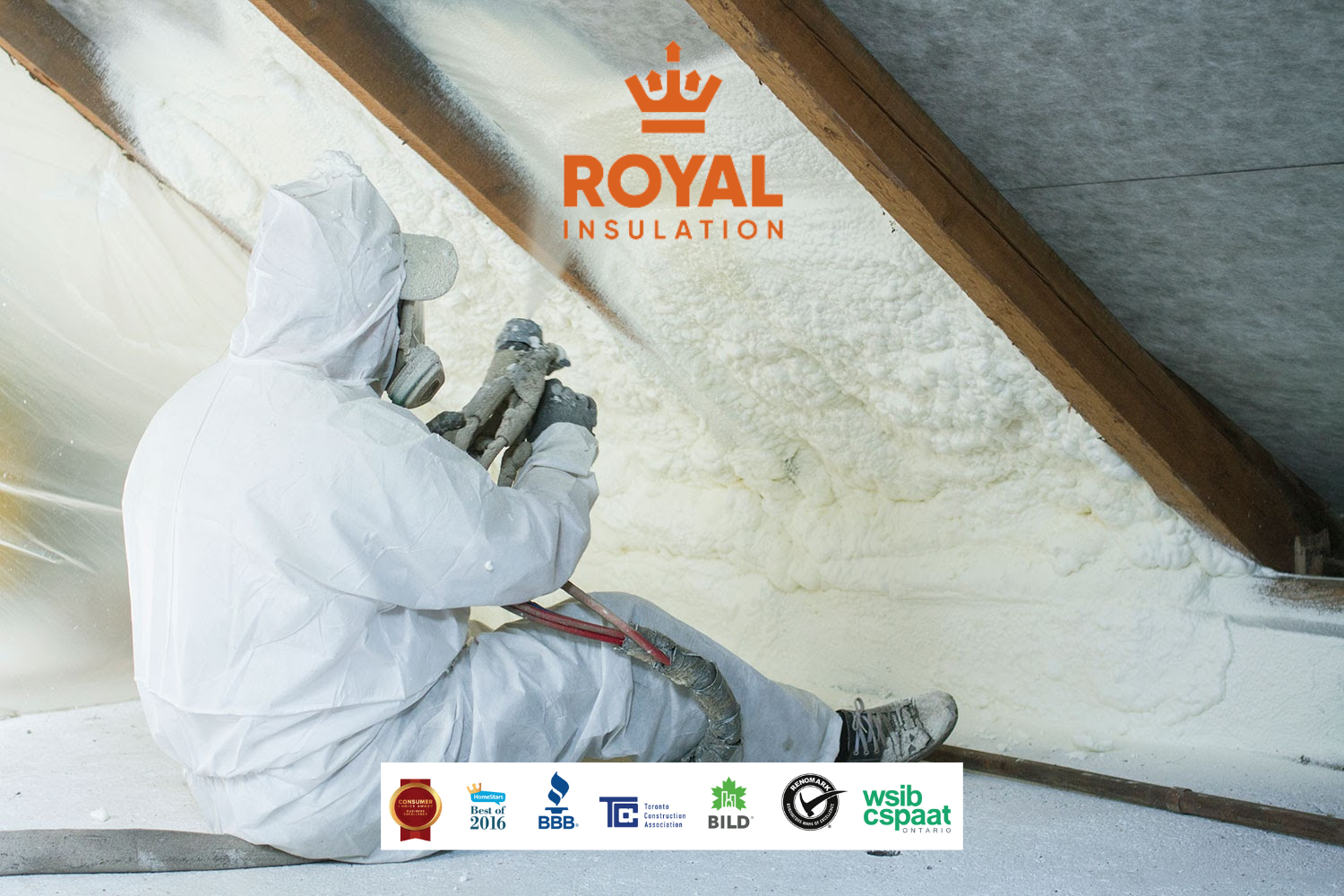The pros and cons of spray foam insulation materials are quite wide-ranging. We’ll take a few moments to discuss the advantages and disadvantages of spray foam insulation. I will cause a surprise here and say that the pros (there are many) vastly outweigh the cons (there are a few, but they aren’t significant).
How does spray foam insulation compare to other types of insulation? We have compiled a couple of lists that should assist you in answering this question.
Pros of Spray Foam Insulation
- Our qualified, fast-working and skilled insulation installation teams are able to make your project easy to execute.
- Our foam products do not contain blowing agents, such as chlorofluorocarbons (CFC) or hydro chlorofluorocarbons (HCFC) that are harmful to humans.
- During the foam setting process, no off-gassing is produced after the foam has set. During the insulation process, air sealing is applied to each square foot of your office, which makes it a superior insulation choice.
- The savings in energy over time far exceed the costs of installing the system at the beginning.
- There’s a good chance that you will not dread getting those energy bills during extreme weather months because spray foam can reduce them by as much as 50%.
- In addition to increasing the value of your home, spray foam insulation is also a great way to increase energy efficiency.
- Foam insulation, unlike traditional fiberglass insulation, is somewhat synthetic and hardens along with the cure process, which means it’s less likely to attract insects (or rodents, as noted above) than more traditional insulation.
Cons of Spray Foam Insulation
- The foam isn’t designed to act as a barrier to prevent rodents from getting in, despite the fact that (as previously mentioned) rodents aren’t attracted to intuit is necessary to ventilate the building during the curing period (curing is the process by which foam sets) associated with foam installation.
- In order to achieve a proper cure of the foam (i.e., setting), some off-gassing is produced during the installation process.
- Foam spray insulation typically costs more than fiberglass insulation or other types of insulation, regardless of the size or shape of the building.
- There has been some evidence (mostly anecdotal) that termites and carpenter ants are able to chew the plastic insulation found in spray foam and take residence inside of it. The most effective way to keep pests away is by regularly conducting pest control, as well as undertaking pest abatement procedures.
The Working Principle of Spray Foam Insulation
There is a somewhat technical description that goes something like this: Insulation works by slowing down (mostly) conductive heat flow and (to a lesser extent) convective heat flow.
According to the U.S, According to the Department of Energy, heat conducts through materials as it moves through the spoon handle to reach your hand when it is placed in a hot cup of coffee. “Convection occurs when heat moves through liquids and gases, which is way cooler, denser air sinks and lighter, warmer air rises.”
A cooler area receives heat from a warmer one. Basically, the hot air is slowly moving toward the cooler air where there is a temperature difference until it evens out.
Is this a problem for you or your office? Heat escapes from the body when it is cold outside, meanwhile, when it is very hot outside and very cool inside, the warmth from outside tries to get in.
This heat transfer (or flow) is prevented or slowed down by thermal insulation.
As we move on to examine the DOE for further guidance regarding this subject, it may be suggested that heating systems need to be installed to replace the heat that is lost in the winter, and cooling systems need to remove the heat that is gained in the summer. If you properly insulate, this will reduce the rate of heat transport, as you will be providing an effective barrier against its flow.”
With better insulation, your heating and air conditioning systems can work less and this means less work for them. If they spend less time working for you, then you spend less money!
Royal Spray Foam
As a leading insulation company, we’ve designed a system that prevents energy waste.
When we spray foam insulation into wall spaces, crawl spaces, ceilings, etc., it expands as it comes into contact with liquid components.
As a result of the expansion process, gaps are sealed, an air barrier is formed, and the structure is sealed and kept insulated. Furthermore, it can prevent moisture from getting inside, which can prevent mildew and mold from growing.
A layer of insulation resulting from this process is rated as class 1 hour fire-resistant. Other insulation types contain formaldehyde, and spray foam insulation contains no formaldehyde and is not a food source or a nesting material for rodents.
Contact Royal Spray Foam
We provide exceptional service and quality applications at Royal Spray Foam. Spray foam can also provide sound control and fire protection to buildings in addition to the energy savings inherent in the materials we apply.
The spray foam also works well with a wide variety of building materials. Spray foam can prevent condensation in metal buildings and on metal roofs, as well as manage the climate inside the building.
I just touched on a few of spray foam insulation’s many benefits – pros, if you will. Regardless of what the cons are, the pros outweigh and outnumber them.
Spray on foam insulation is applied by the experts at Spray-On Foam & Coatings to protect your property, equipment, and belongings. Just as we were when we opened our doors, our business has been family-owned and operated since 1995.
Feel free to contact us if you have any questions or concerns. It would be a pleasure to speak with you, and we’re here to help! 647-560-8099
